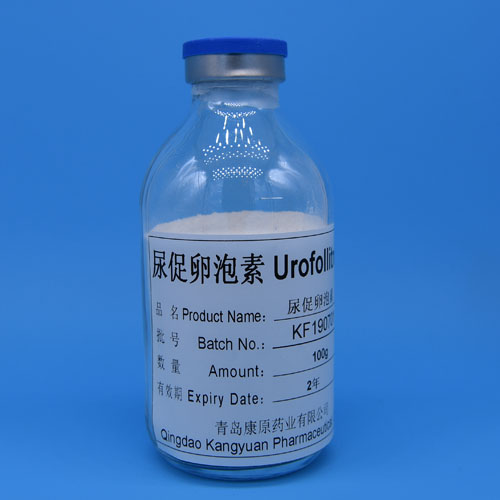Urofollitropin, also known as follicle-stimulating hormone (FSH), is a
hormone that plays a critical role in female reproductive physiology. As a
result, the development of new and improved methods for synthesizing and
supplying urofollitropin is of great interest to the medical and biotechnology
industries.
Recent breakthroughs in urofollitropin synthesis and supply have been
achieved using a variety of methods. One promising approach is the development
of recombinant DNA technology, which involves cloning and expressing the genes
responsible for producing the hormone in vitro. By using this method,
researchers have been able to produce large quantities of pure, biologically
active urofollitropin, which is used for fertility treatments.

Another promising approach involves the use of new technologies, such as
microfluidics and nanotechnology, to create more efficient and cost-effective
methods for urofollitropin synthesis and purification. Microfluidics involves
the manipulation of small volumes of fluids in microscale channels, while
nanotechnology involves working with materials at the nanometer scale. These
technologies have the potential to revolutionize urofollitropin production,
allowing for more efficient and cost-effective methods of production.
In addition to these breakthroughs in synthesis and supply, there has also
been a growing interest in the use of urofollitropin for applications beyond
fertility treatment. For example, recent studies have shown that urofollitropin
may have potential as a treatment for certain types of cancer, including breast
cancer and ovarian cancer. Further research in this area is needed, but the
potential benefits of urofollitropin beyond fertility treatment are
promising.
In conclusion, recent breakthroughs in urofollitropin synthesis and supply,
as well as growing interest in its potential for new applications, highlight the
continued importance of this hormone in the fields of medicine and
biotechnology. With ongoing research and development, it is likely that even
more new and exciting applications for urofollitropin will be discovered in the
years to come.